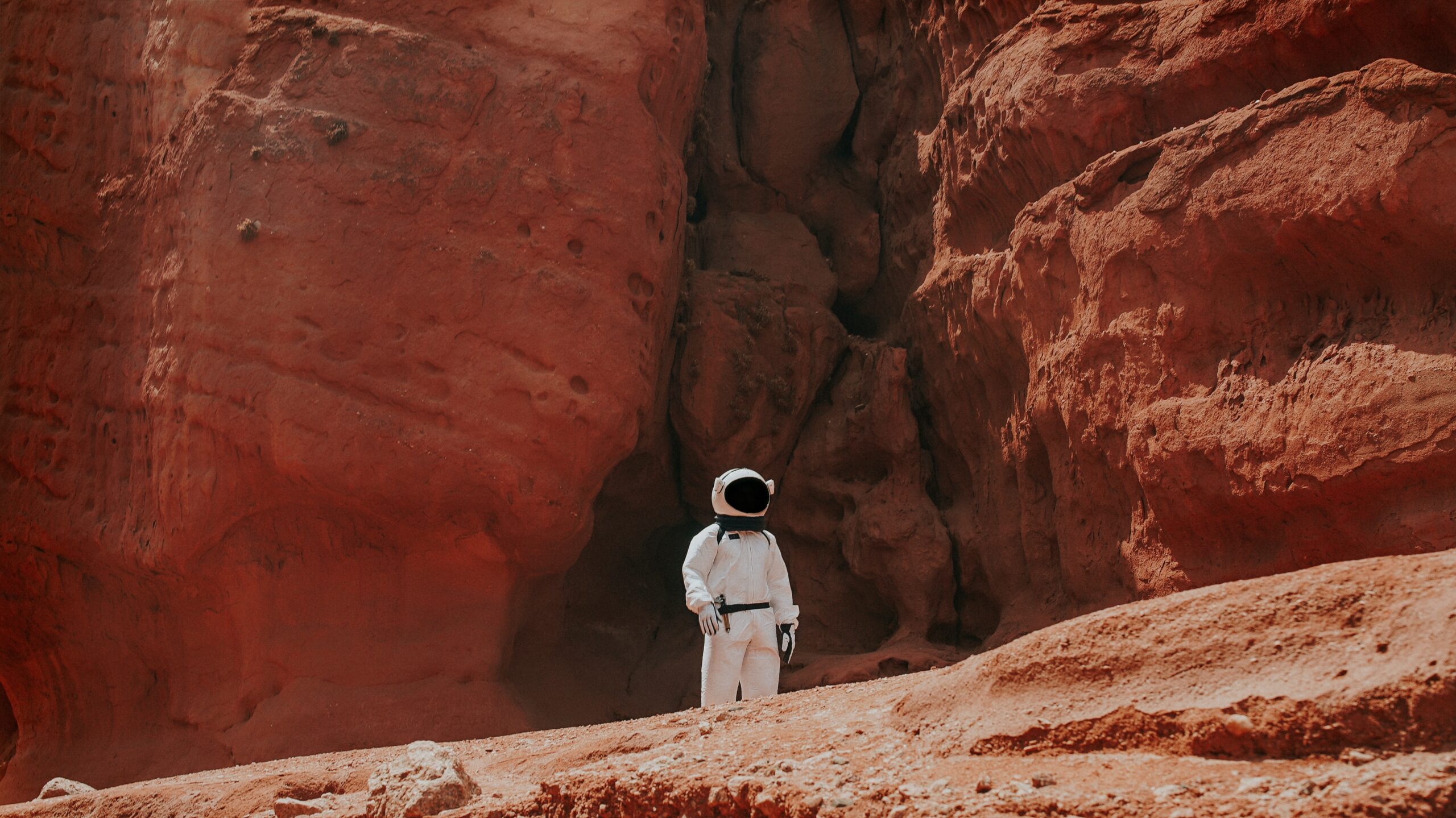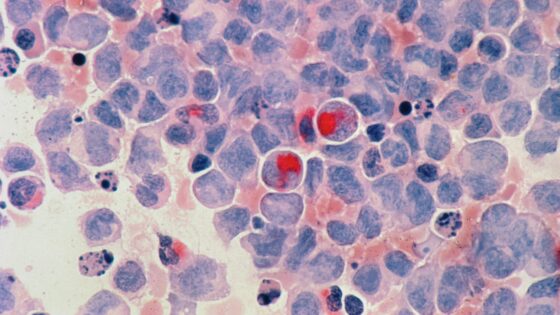NASA’s MOXIE: Breathing New Life into Mars
In a groundbreaking achievement, NASA’s Perseverance Rover has successfully produced oxygen on Mars, marking a significant step towards enabling future human exploration and even potential colonization of the Red Planet.
The key to this remarkable feat is a toaster-sized device named MOXIE (Mars Oxygen In-Situ Resource Utilization Experiment), which hitched a ride with the Perseverance Rover and has been diligently working on Mars since its arrival in February 2021.
Mars’ atmosphere is predominantly composed of carbon dioxide (CO₂), with oxygen making up only a mere 0.13%, in contrast to Earth’s 21%. MOXIE has shown its prowess by extracting oxygen atoms from the abundant CO₂ molecules in the Martian atmosphere, effectively transforming the impossible into reality.
To date, MOXIE has successfully generated a total of 122 grams of oxygen, equivalent to several hours of breathable air for an astronaut on Mars. This achievement has far surpassed NASA’s expectations, demonstrating the potential for Mars to provide the essential resource needed for human survival and exploration.
https://x.com/CNN/status/1701539917774372889?s=20
The implications of this milestone are profound. Not only does it ensure a sustainable source of breathable air for future astronauts, but oxygen is also a critical component in rocket fuel. The ability to produce oxygen on Mars significantly reduces the reliance on transporting heavy oxygen tanks from Earth, making future missions more efficient and cost-effective.
Pam Melroy from NASA emphasized the significance of MOXIE’s performance, stating, “Moxie’s impressive performance shows that it is feasible to extract oxygen from Mars’ atmosphere – oxygen that could help supply breathable air or rocket propellant to future astronauts.”
While this achievement is monumental, MOXIE is just the beginning. NASA now plans to scale up the technology to produce larger quantities of oxygen, paving the way for human missions to the Red Planet. As Trudy Kortes, the director of technology demonstrations for the Space Technology Mission Directorate at NASA, explained, “By proving this technology in real-world conditions, we’ve come one step closer to a future in which astronauts ‘live off the land’ on the Red Planet.”
This remarkable accomplishment highlights the incredible progress made in space exploration and signifies a promising future for human endeavors beyond Earth.
































